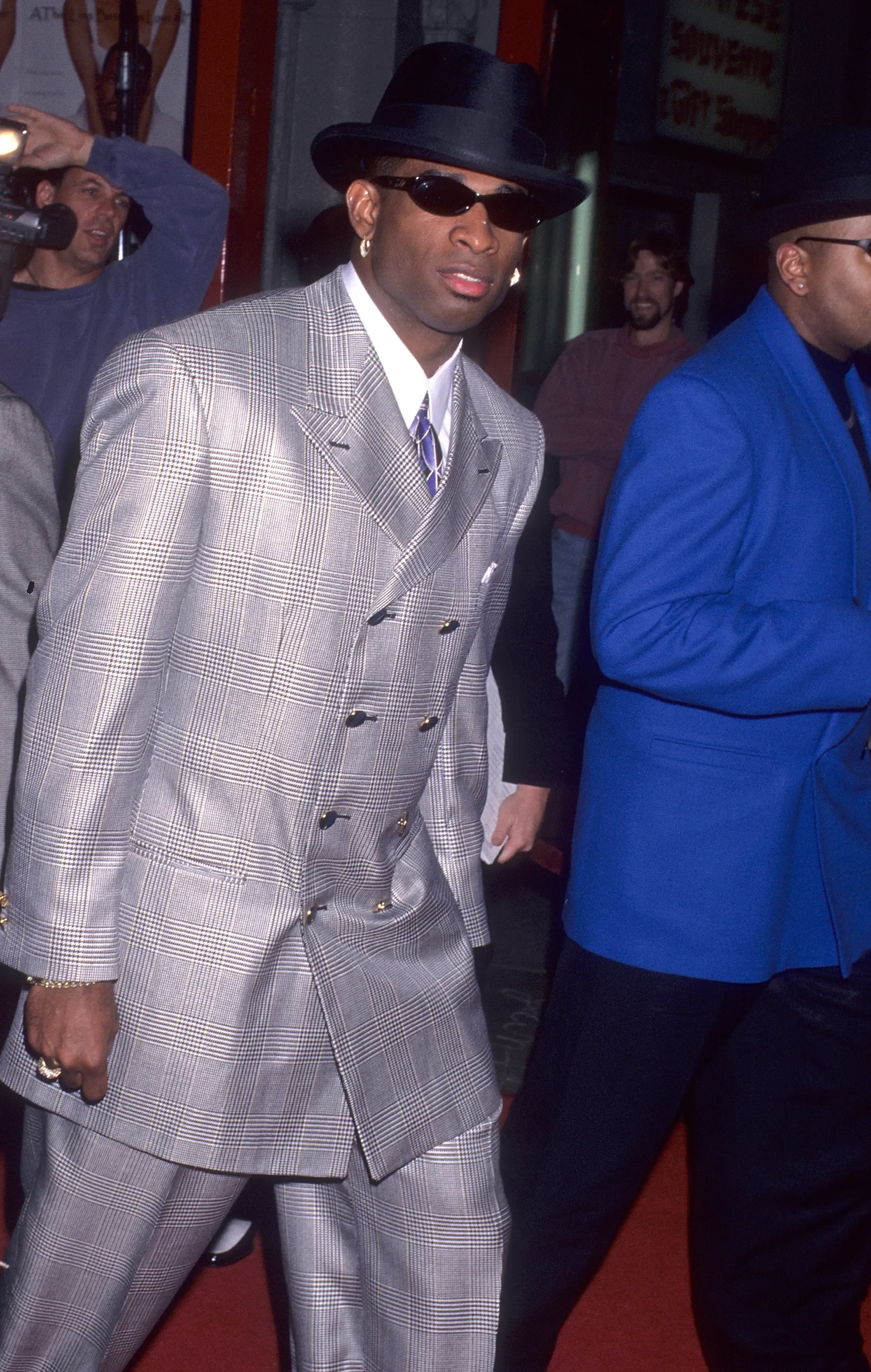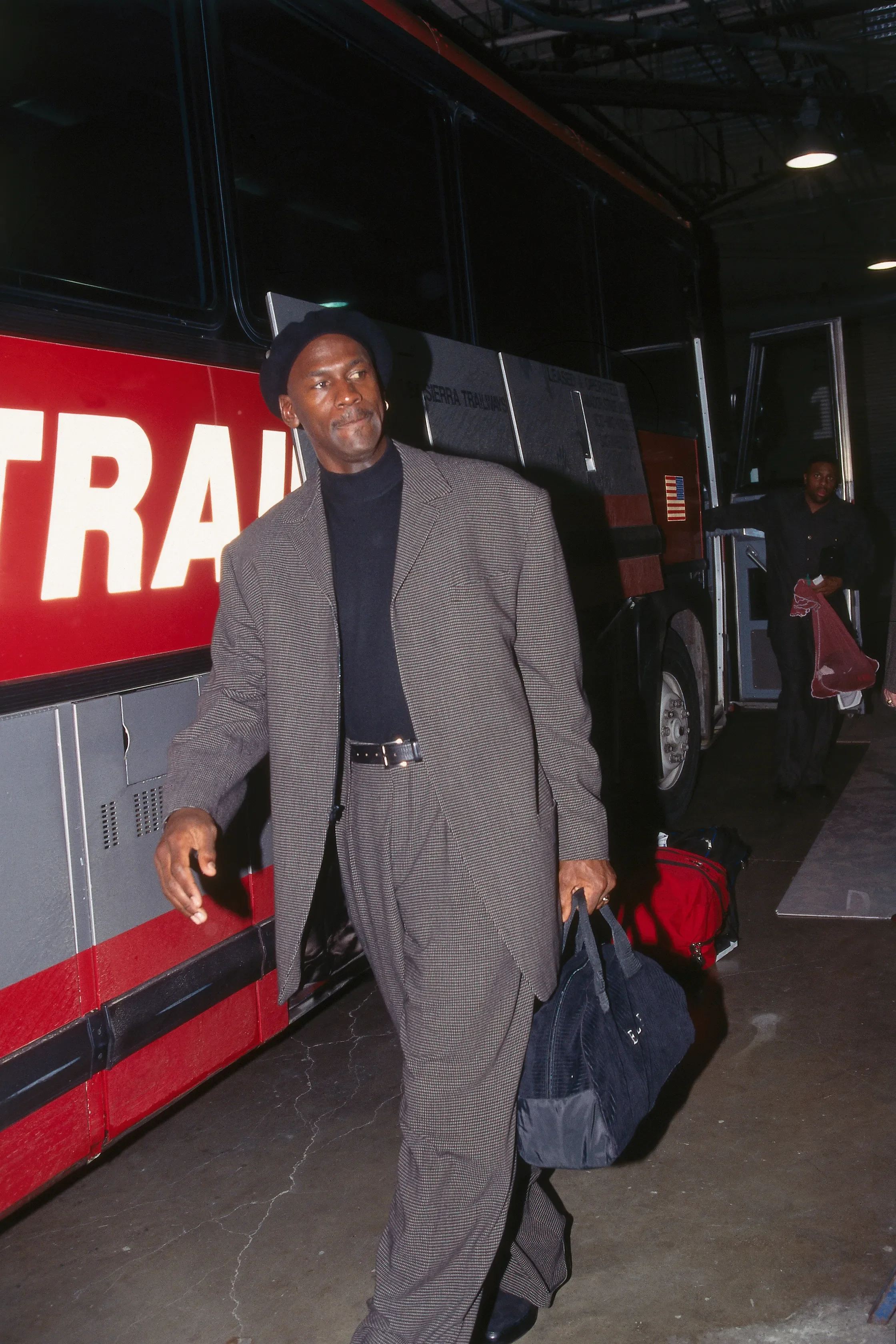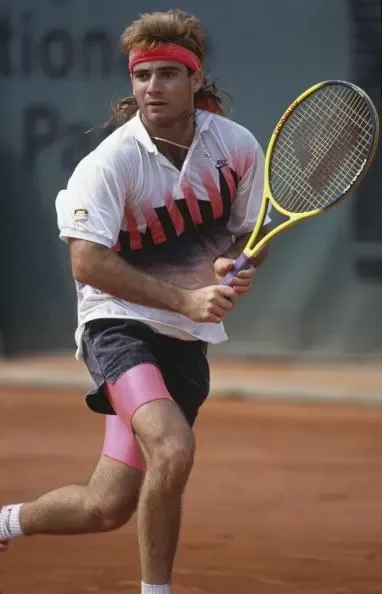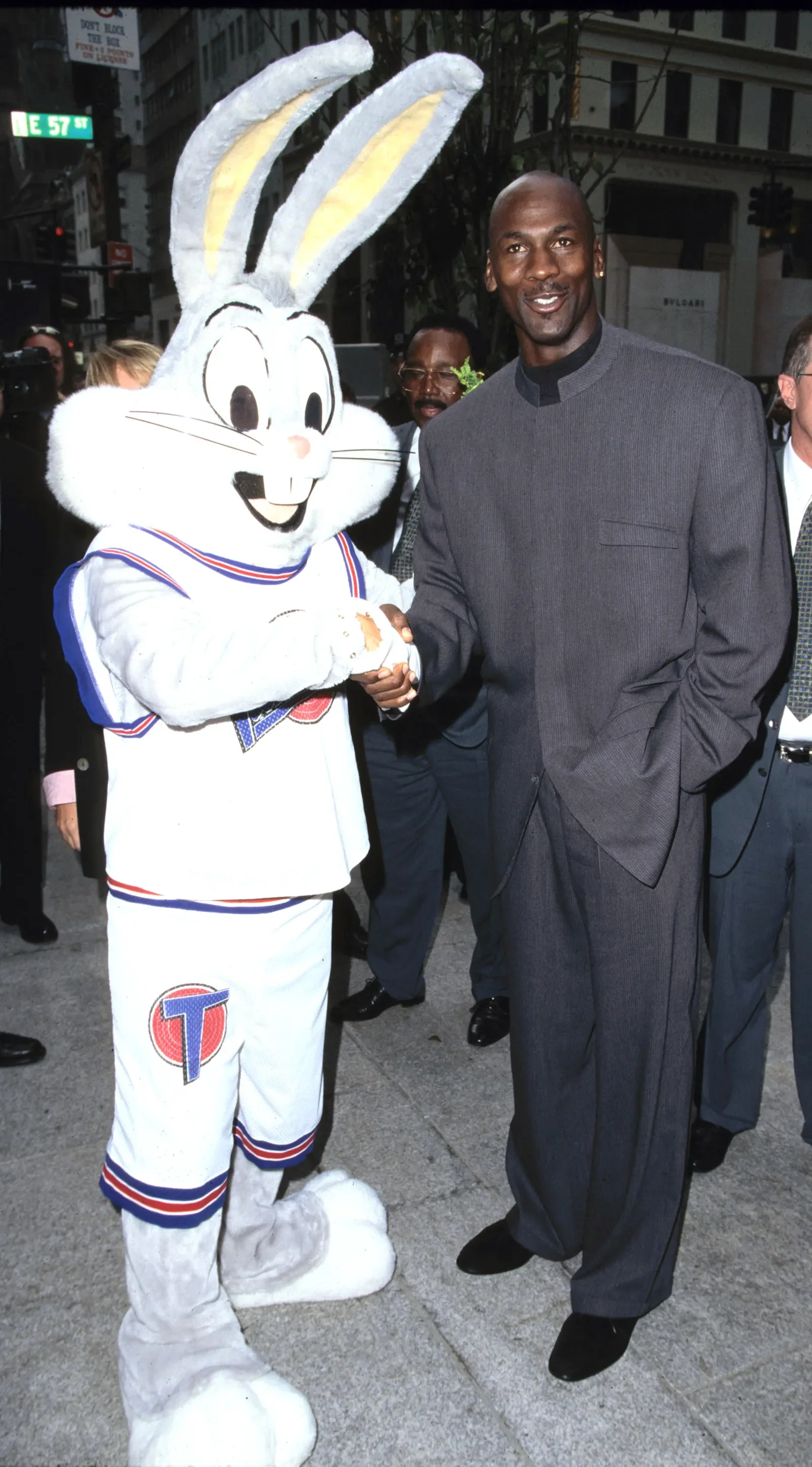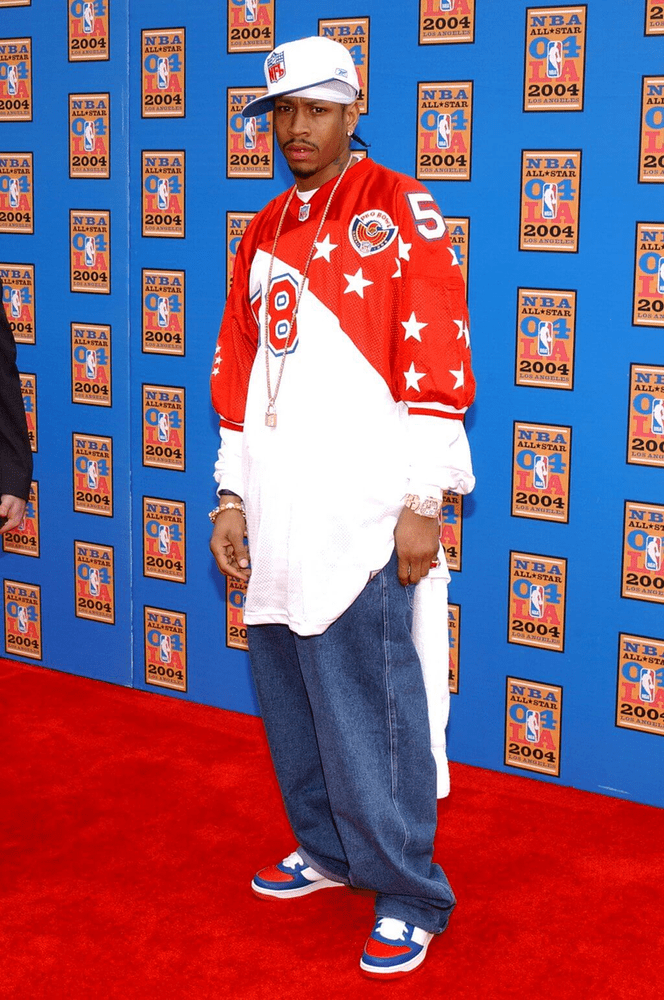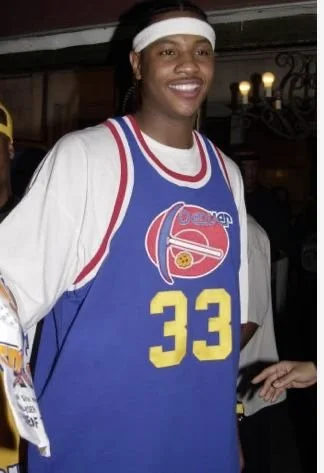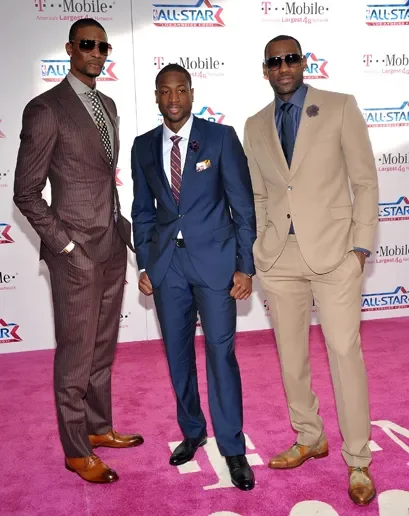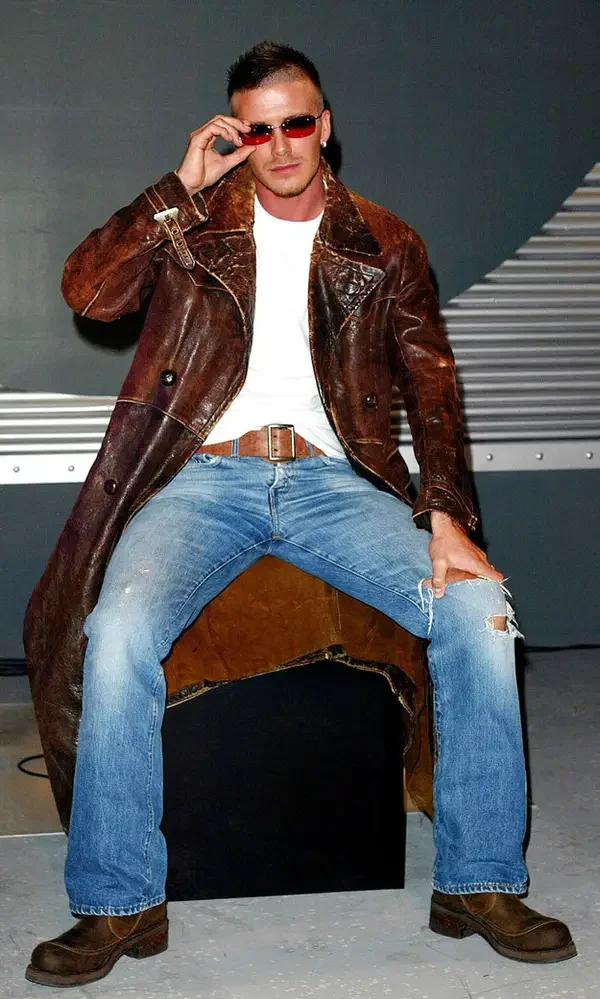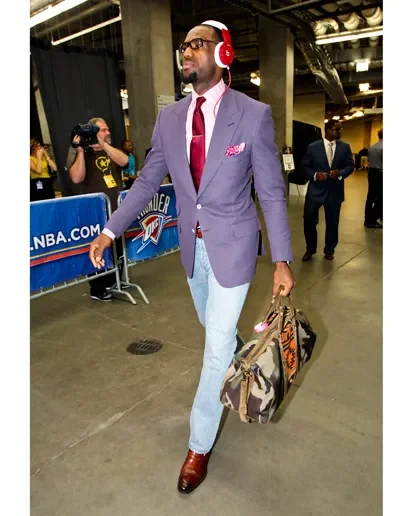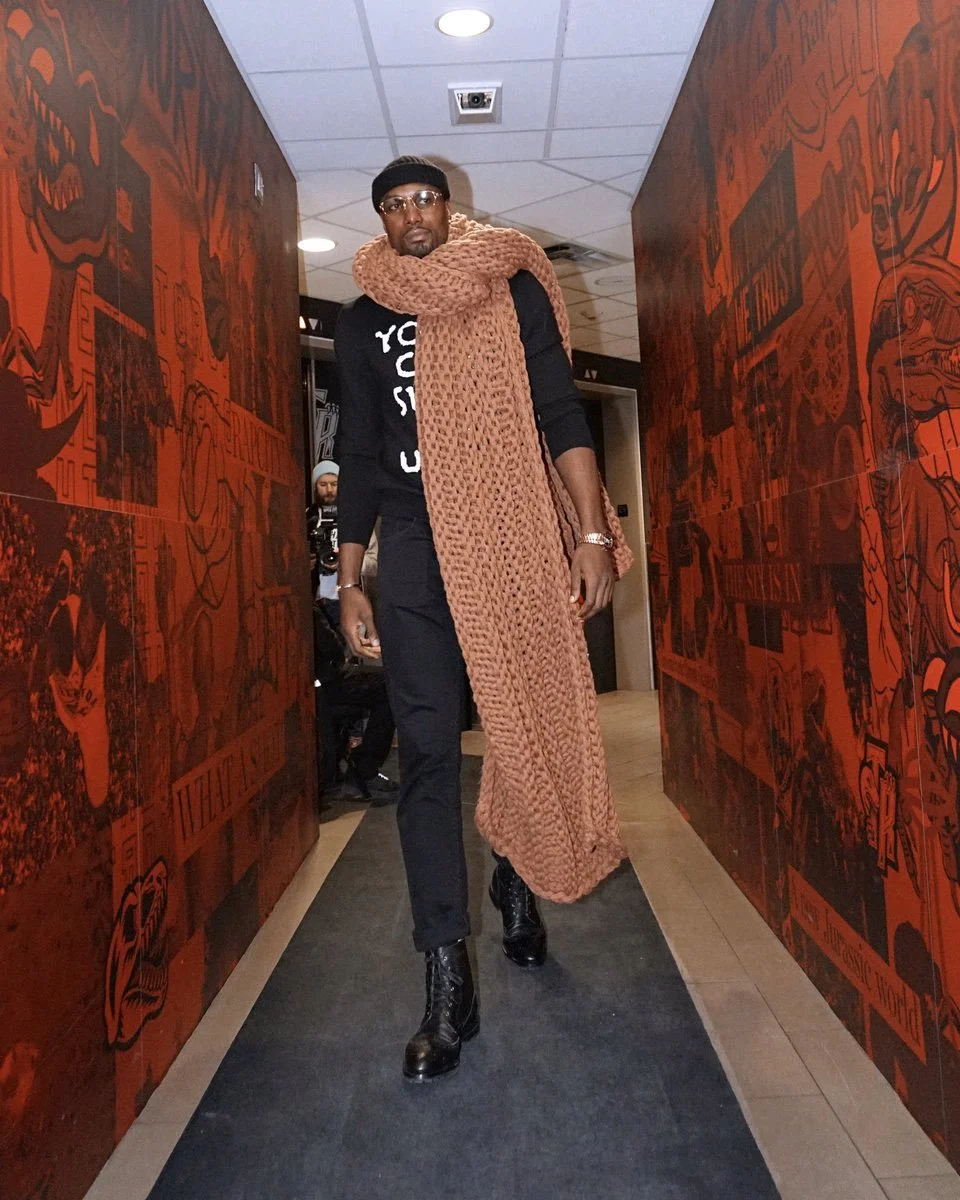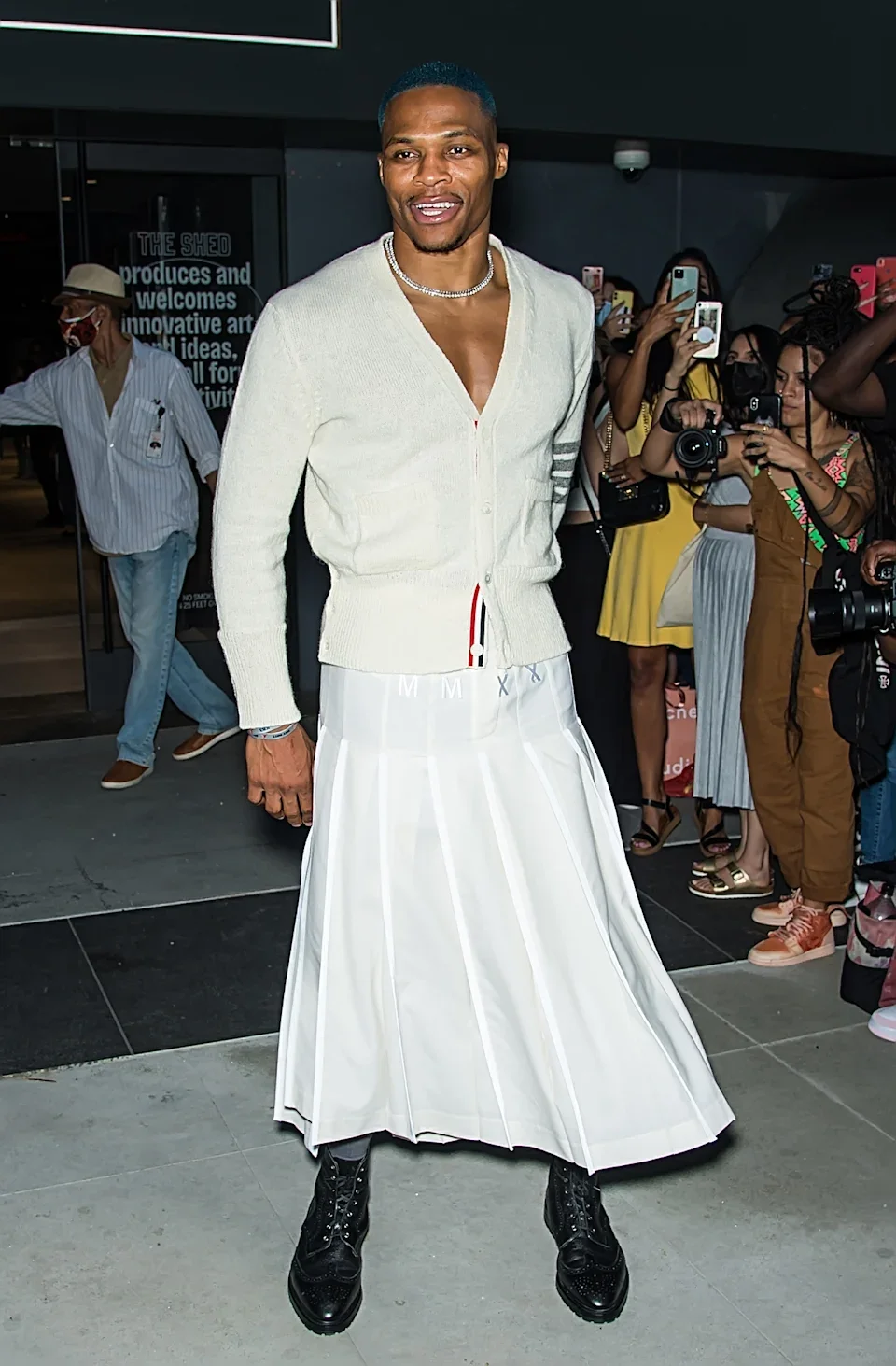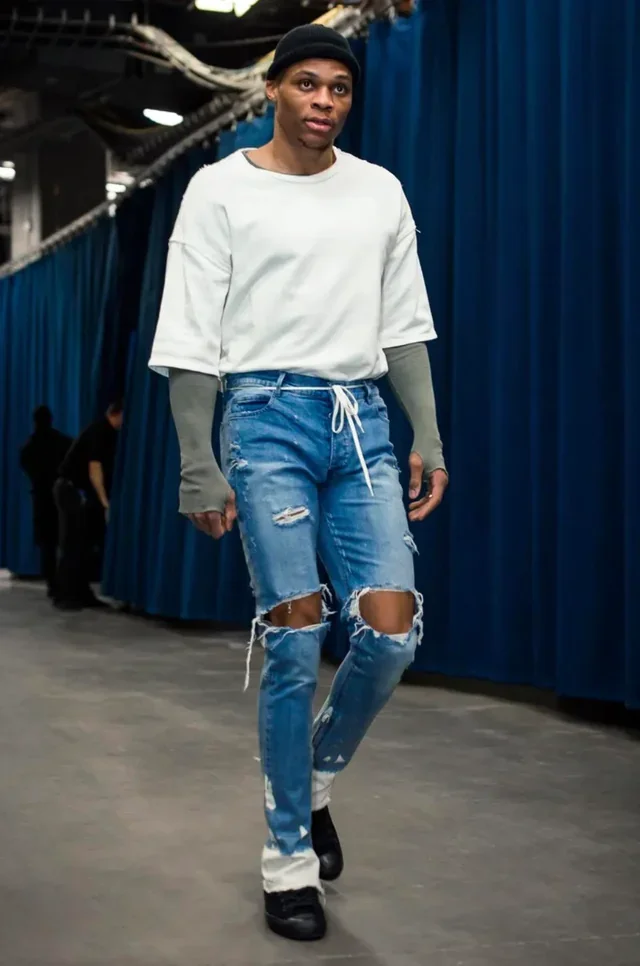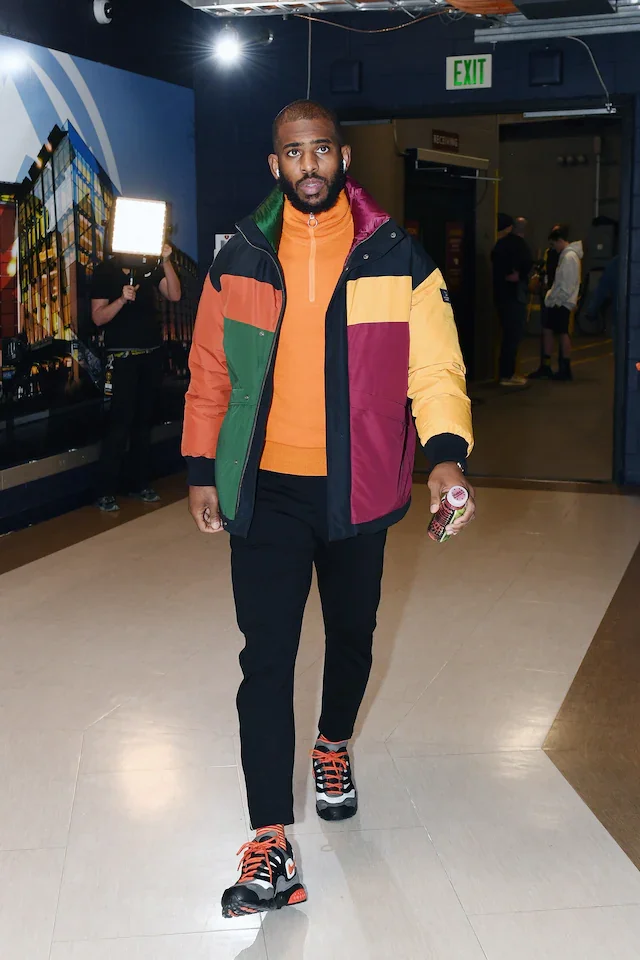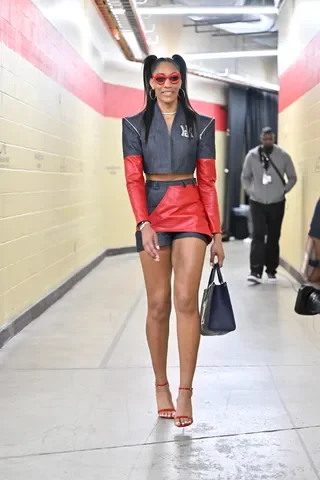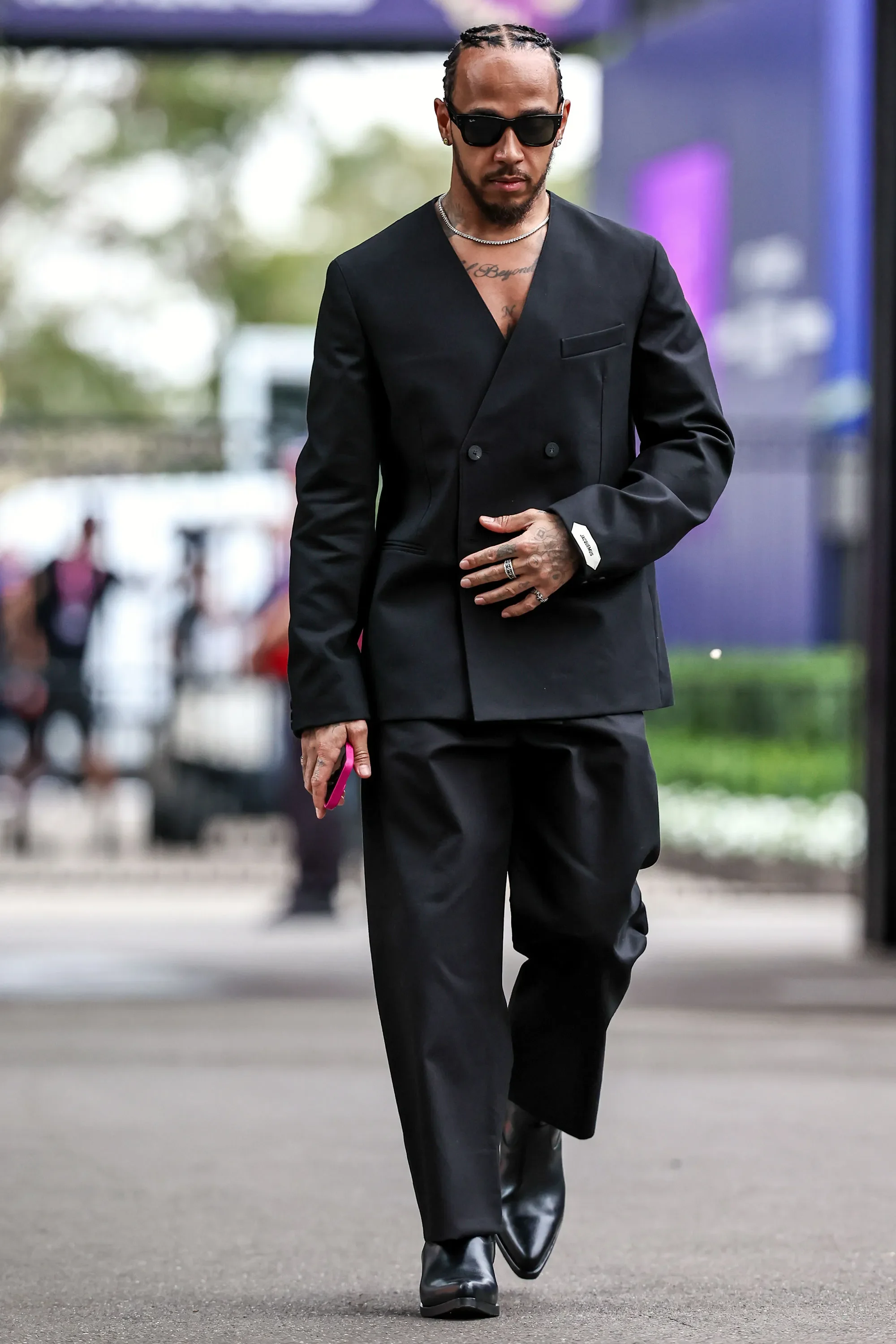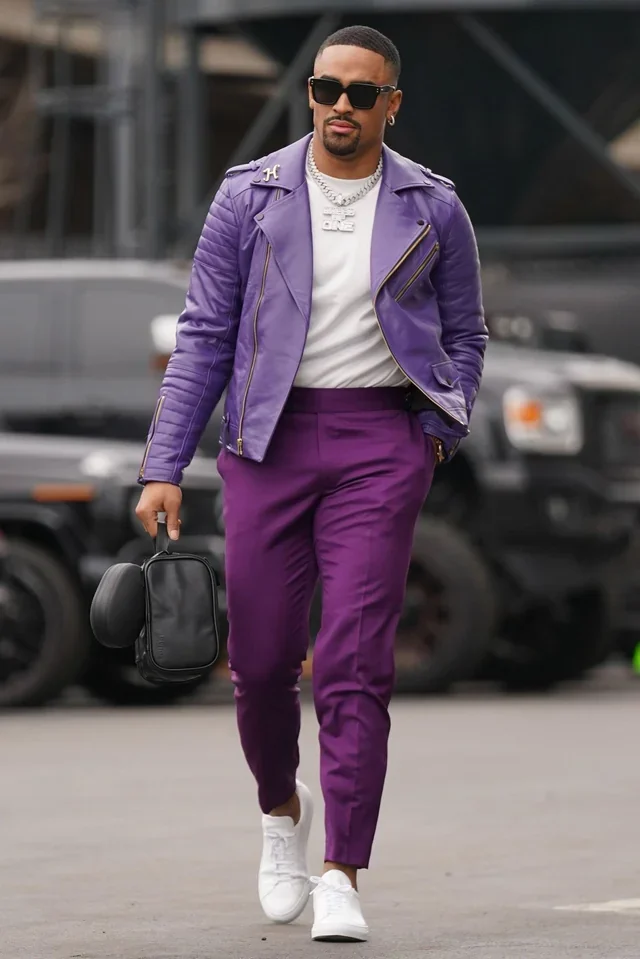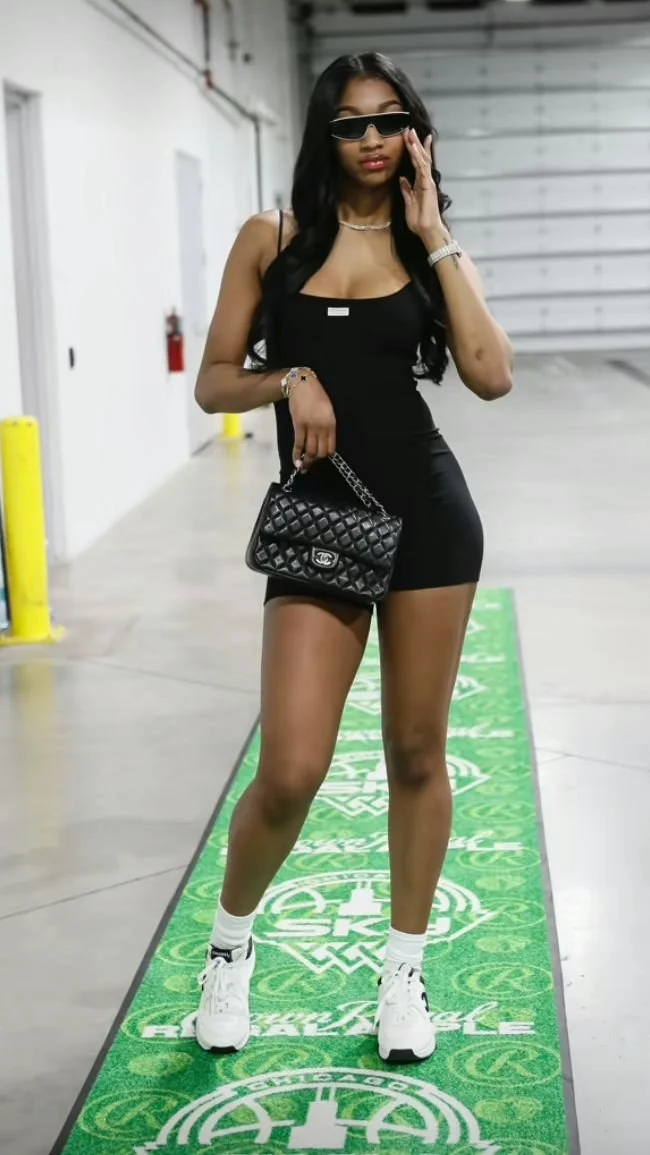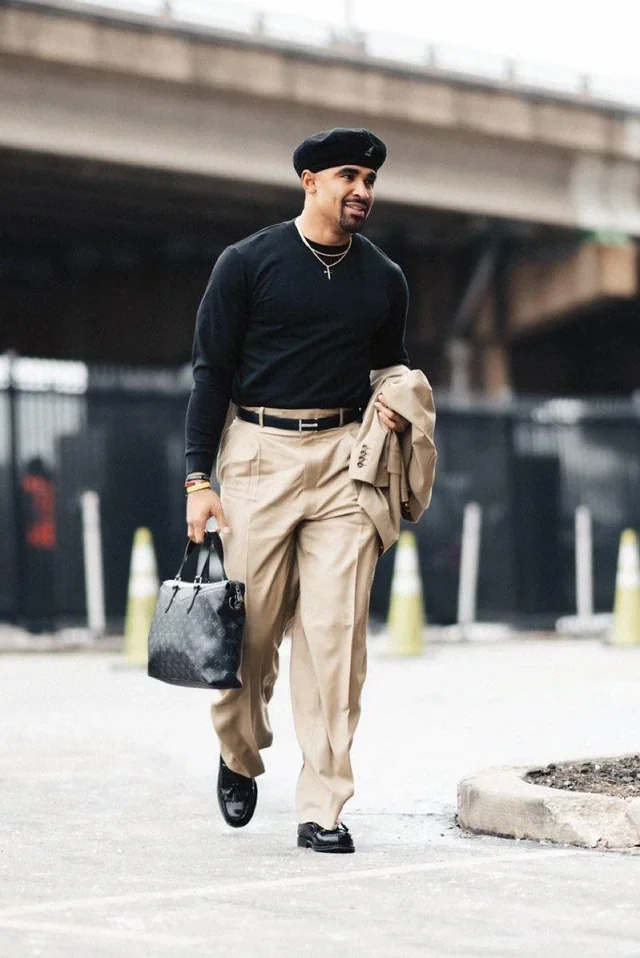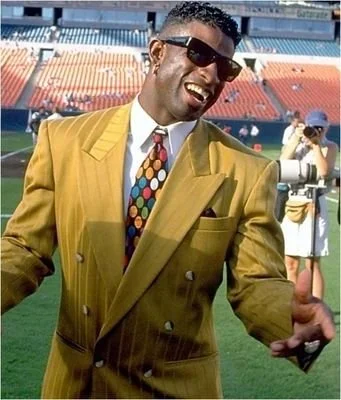Primetime Energy: The Story Behind the Tunnel Walk
These days, athletes don’t just show up to play; they show up to be seen. The pregame tunnel walk has become an essential moment in modern sports: part fashion show, part branding move, and part cultural flex.
But the tunnel didn’t always have this kind of energy. To understand where it started, and how it became the spotlight before the lights even come on, you’ve got to go back to where swagger met sport: Primetime.
Long before social media turned athletes into fashion influencers, Deion Sanders was doing it for the cameras, whether they were rolling or not.
Nicknamed Primetime for good reason, Deion treated the tunnel like a red carpet. Gold chains, custom suits, designer shades, his walk to the field was a message: I’m already winning. He wasn't playing one sport; he was playing two, and still had time to stunt.
But Deion wasn’t alone. Other athletes of the '90s helped lay the foundation:
Michael Jordan brought elegance and dominance, often in oversized suits that screamed success. The message: dress like you own the place.
Dennis Rodman was the chaos agent; fearless, experimental, gender-defiant. Crop tops, nose rings, dyed hair, wedding dresses. Rodman didn’t need a tunnel to make a scene.
Andre Agassi, in a different sport entirely, was tearing up tennis norms with neon, acid-wash denim, and wild hair. “Image is everything,” he once said and he meant it.
Everything changed in 2005.
Following the infamous Malice at the Palace brawl, NBA commissioner David Stern implemented a strict dress code. Players were required to wear business casual attire to and from games no more chains, baggy jeans, throwbacks, or sneakers.
To many, it was a direct response to the unapologetically Black, hip-hop-infused style that had become synonymous with stars like Allen Iverson, Carmelo Anthony and Dwayne Wade
They wore their culture on their sleeve: durags, fitted caps, throwback jerseys, Timberlands. It wasn’t about fashion; it was about realness. And that scared the league.
But rather than kill personal style, the dress code challenge did something unexpected: it sparked a new wave of fashion innovation.
Players adapted and elevated. They embraced tailoring, luxury brands, and eventually, stylists. They followed the rules, then found ways to bend them. Fashion became part of the game plan.
But while the tunnel was heating up in the U.S., another kind of fashion influence was brewing across the Atlantic - David Beckham.
In the early 2000s, Beckham wasn’t just a football star; he was a global fashion icon. From custom suits to streetwear collabs, he turned soccer into style. His impact paved the way for today’s European footballers like Kylian Mbappé, Jude Bellingham, and Cristiano Ronaldo, all of whom treat stadium arrivals like personal runway shows.
Beckham helped establish the European pre-match style moment long before most American athletes were thinking about tailoring.
Around that same time, Serena Williams was changing the game in more ways than one.
On the court, she defied tennis tradition wearing catsuits, boots, and bold designs that made headlines and sparked debate. Off the court, she became a fashion icon in her own right: launching her own line, fronting Nike campaigns, and turning red carpets into power statements.
Serena didn’t follow trends, she set them. Her presence helped redefine how women athletes are seen: not just as competitors, but as cultural leaders and style innovators.
In recent years, athletes have transformed the pregame tunnel into a runway, a place where personal style, cultural expression, and bold statements collide. Russell Westbrook emerged as the fashion wildcard of the NBA: fearless, unpredictable, and fully himself, whether in crop tops, kilts, or full designer ensembles. LeBron James used the tunnel as a messaging platform, donning coordinated suits with his teammates or statement tees that speak to social causes. Serge Ibaka brought Congolese flair with Parisian polish, while Chris Paul refined what off-court elegance could look like for the modern athlete.
The tunnel became the pregame show before the pregame show, and it’s not just the NBA anymore. Odell Beckham Jr. brought his signature style to NFL entrances, mixing bold prints, designer bags, and high-end sneakers. Travis Kelce and Jalen Hurts also blurred into high fashion, turning tunnel arrivals into headlines. In the WNBA, stars like Skylar Diggins-Smith, Angel Reese, and A’ja Wilson fused streetwear with a feminine edge, proving that the women's game could compete on every level, style included. Also, in Formula 1, Lewis Hamilton redefined what fashion in sport could look like.
So, who’s setting the bar in 2025?
Deion Sanders may have started it, but today’s athletes are carrying that Primetime energy into every tunnel, every city, every camera flash. The tunnel fit isn’t just about clothes. It’s about identity. Culture. Swagger. Presence.
Before a single point is scored, the game has already begun, right there in the tunnel.


